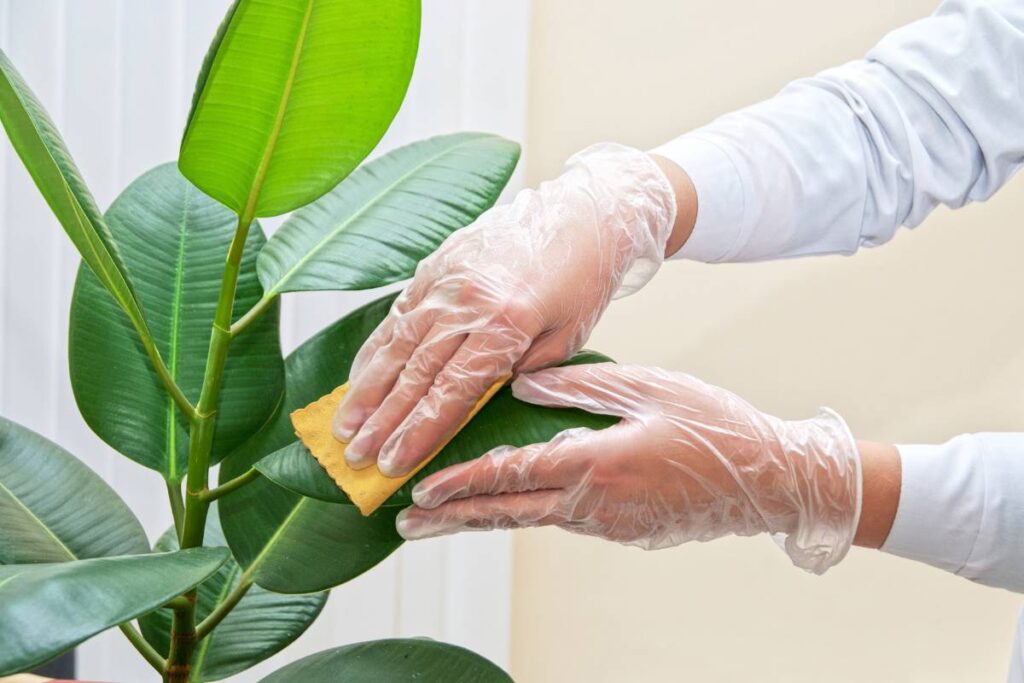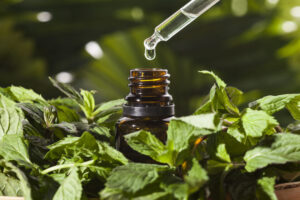
Rubbing alcohol, also known as isopropyl alcohol, is a common household item with a myriad of uses. From cleaning wounds to disinfecting surfaces, its versatility extends to the realm of plant care. In this article, we delve into the effects of rubbing alcohol on plants, exploring its benefits, potential risks, and best practices for application.
I. Introduction
Rubbing alcohol is a solution typically composed of 70-90% isopropyl alcohol and water. Its antiseptic properties make it a valuable resource for various applications, including medical, household, and horticultural uses. Understanding its impact on plants is essential for ensuring effective and safe utilization in gardening practices.
II. The Benefits of Rubbing Alcohol for Plants
Pest Control
Rubbing alcohol serves as an effective remedy against common plant pests such as aphids, mealybugs, and spider mites. Its ability to dissolve the protective coating of insects’ exoskeletons leads to dehydration and ultimately eradication. Application methods include spraying directly on affected areas or using a cotton swab for targeted treatment.
Disease Prevention
In addition to pest control, rubbing alcohol exhibits antifungal properties that can help prevent and manage plant diseases. When diluted appropriately, it can be applied to foliage to combat fungal infections such as powdery mildew and black spot disease. Moreover, it aids in reducing bacterial infections by disinfecting pruning tools and containers, minimizing the spread of pathogens.
Cleaning and Sterilization
Rubbing alcohol serves as an effective cleaning agent for plants and gardening equipment. It removes residue, sap, and debris from leaves and stems, restoring their natural luster and promoting optimal photosynthesis. Furthermore, it sterilizes tools and containers, preventing cross-contamination and the transmission of diseases between plants.
III. Potential Risks and Drawbacks
Plant Damage
While rubbing alcohol can be beneficial, improper use can lead to adverse effects on plants. High concentrations or frequent applications may result in burnt leaves and stems, disrupting the plant’s cellular structure and inhibiting growth. Excessive exposure to alcohol can also interfere with photosynthesis, impairing the plant’s ability to produce energy.
Soil Contamination
The runoff from rubbing alcohol applications can affect soil quality, potentially altering its pH levels and microbial composition. Prolonged exposure to high concentrations of alcohol may inhibit microbial activity essential for nutrient cycling and soil health. Gardeners should exercise caution to prevent excessive alcohol from leaching into the soil and causing imbalances.
Health Concerns
In addition to its effects on plants and soil, rubbing alcohol poses health risks to both plants and humans. Concentrated solutions can be toxic to plant tissues, causing wilting, discoloration, and stunted growth. When handling rubbing alcohol, gardeners should wear protective gear to prevent skin irritation and inhalation of vapors, especially in poorly ventilated spaces.
IV. Proper Usage and Application Techniques
Dilution Ratios
To mitigate the risks associated with rubbing alcohol, it is essential to dilute it to a suitable concentration. A 70% solution is generally recommended for most plant applications, as higher concentrations can be too harsh and lower concentrations may be less effective. Adjustments may be necessary for sensitive plants or delicate foliage.
Targeted Application
When applying rubbing alcohol to plants, it’s crucial to target affected areas while minimizing contact with healthy tissues. Spot treatments are preferred for pest control, ensuring that only infested areas are treated. Similarly, controlled application techniques should be employed when cleaning and sterilizing, focusing on the surfaces requiring attention.
Safety Precautions
Gardeners should take adequate safety precautions when handling rubbing alcohol to protect themselves and their plants. This includes wearing gloves, goggles, and a mask to prevent skin and respiratory irritation. Additionally, applications should be conducted in well-ventilated areas to minimize exposure to fumes and vapors.
V. Conclusion
In conclusion, rubbing alcohol can be a valuable tool in plant care when used responsibly and judiciously. Its efficacy in pest control, disease prevention, and cleaning makes it a versatile asset for gardeners. However, it is essential to be aware of the potential risks and drawbacks associated with its use and to adhere to proper usage guidelines to ensure the health and well-being of both plants and humans. By incorporating rubbing alcohol into their gardening practices with caution and care, enthusiasts can enjoy the benefits of this versatile solution while fostering thriving and vibrant plant life.





